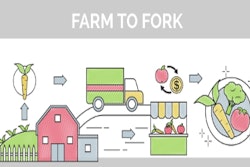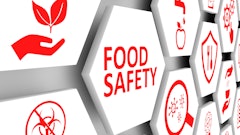
This special edition of Food Logistics is devoted to maintaining food safety from farm to fork—arguably, one of the most critical issues facing our industry.
The U.S. Food and Drug Administration’s Food Safety Modernization Act (FSMA) is the landmark legislation driving improvements in food safety across the supply chain, and like others we were eagerly awaiting the publication of the FSMA’s final rule on the Sanitary Transportation of Human and Animal Food on March 31, which would have allowed us to at least provide initial commentary before this issue shipped to the printer.
Unfortunately, the publication in the Federal Register took a few more days than our deadline allowed. However, we will certainly follow up on this important rule (one of the seven key rules that comprise the FSMA) in the weeks ahead.
It has been five years since the FSMA was signed into law. During this time, Food Logistics has delved into myriad topics related to the impact of the FSMA, from the potential costs of compliance to new products and software designed to capture and disseminate information among supply chain partners.
One topic that has gotten less coverage though is how companies are steadily creating a food safety culture within their organization and broader ecosystem. This fundamental transformation is increasingly apparent as the protocols and processes for ensuring food safety become more firmly rooted in the food supply chain. Overall, this embrace of food safety and its integration into companies’ cultures is reassuring to me not only as a member of the food supply chain community but as a consumer as well.
Elektron Technology’s business group Checkit offers some worthwhile and no-frills insight into what it takes to create food safety culture in a company, which includes three main parts:
1. These are your premises, your equipment, what staff are doing when you walk in, documents and records you can visibly see.
2. These are the spoken. These are the things that are said, managers’ communications, training, rewards, schemes that are set in place.
3. Deep beneath the surface are the underlying values. These are the hardest to see and the hardest to assess, but they do make an impact on the culture. The unspoken rules.
Enjoy the read.

















